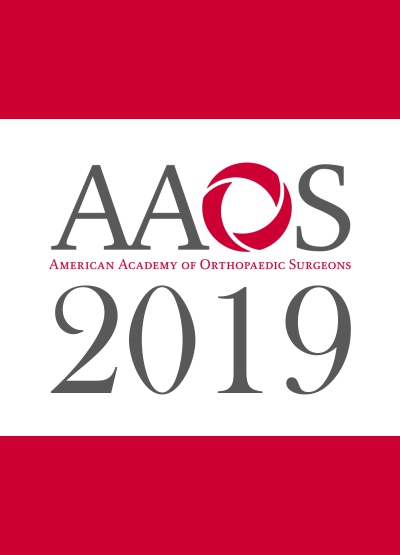
AAOS2019: Comparing immediate versus delayed postoperative physical therapy following TKA
CONFERENCE ACE REPORTS
This ACE Report is a summary of a conference presentation or abstract. The information provided has limited the ability to provide an accurate assessment of the risk of bias or the overall quality. Please interpret the results with caution as trials may be in progress and select results may have been presented.
Synopsis
110 patients scheduled for a primary unilateral total knee arthroplasty (TKA) were randomized to receive an immediate or delayed physiotherapy protocol following surgery. Outcomes of interest included the Knee Injury and Osteoarthritis Outcome Score (KOOS), VR-12 scores, visual analog scale (VAS) pain scores, range of motion, number of therapy visits, the Timed Up and Go (TUG) test, and rate of ma...
To view the full content, login to your account,
or start your 30-day FREE Trial today.
FREE TRIAL
LOGIN
Forgot Password?
Explore some of our unlocked ACE Reports below!

Learn about our AI Driven
High Impact Search Feature
Our AI driven High Impact metric calculates the impact an article will have by considering both the publishing journal and the content of the article itself. Built using the latest advances in natural language processing, OE High Impact predicts an article’s future number of citations better than impact factor alone.
Continue



 LOGIN
LOGIN

Join the Conversation
Please Login or Join to leave comments.